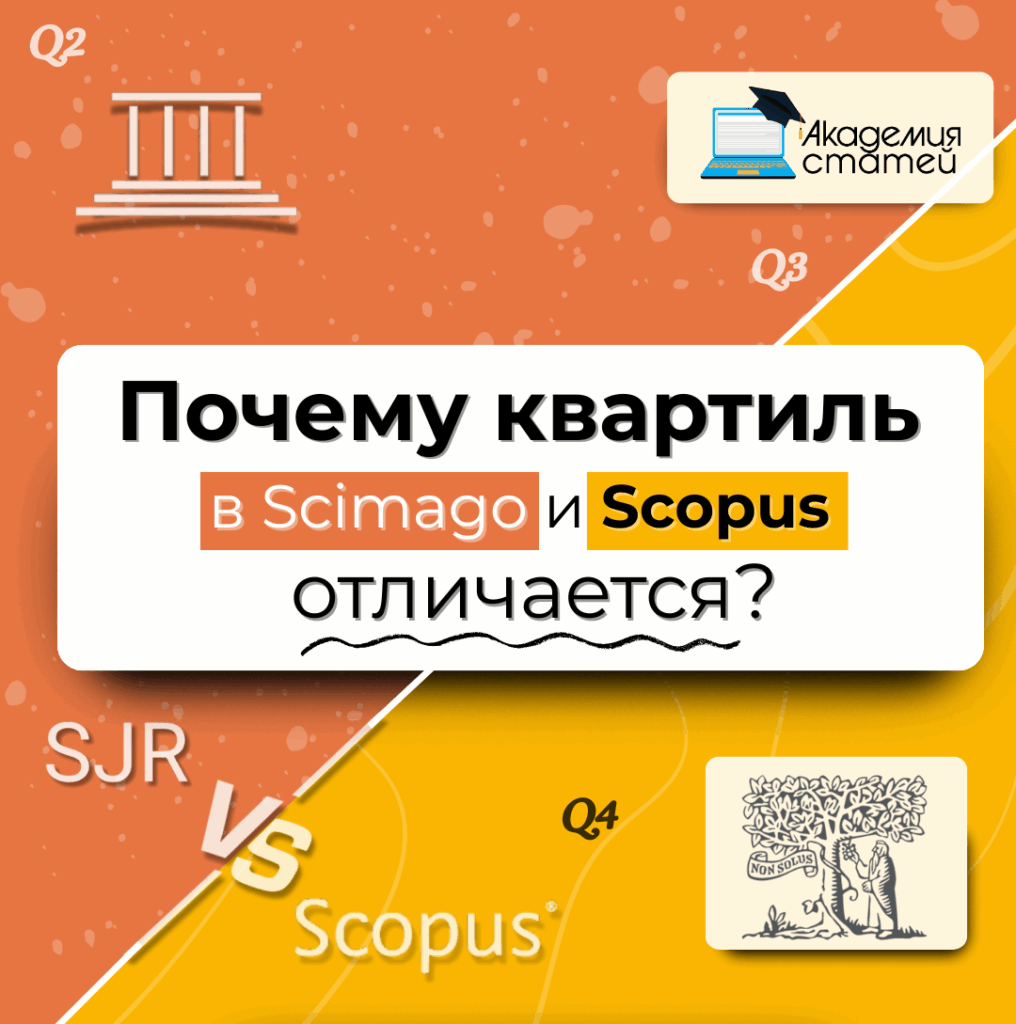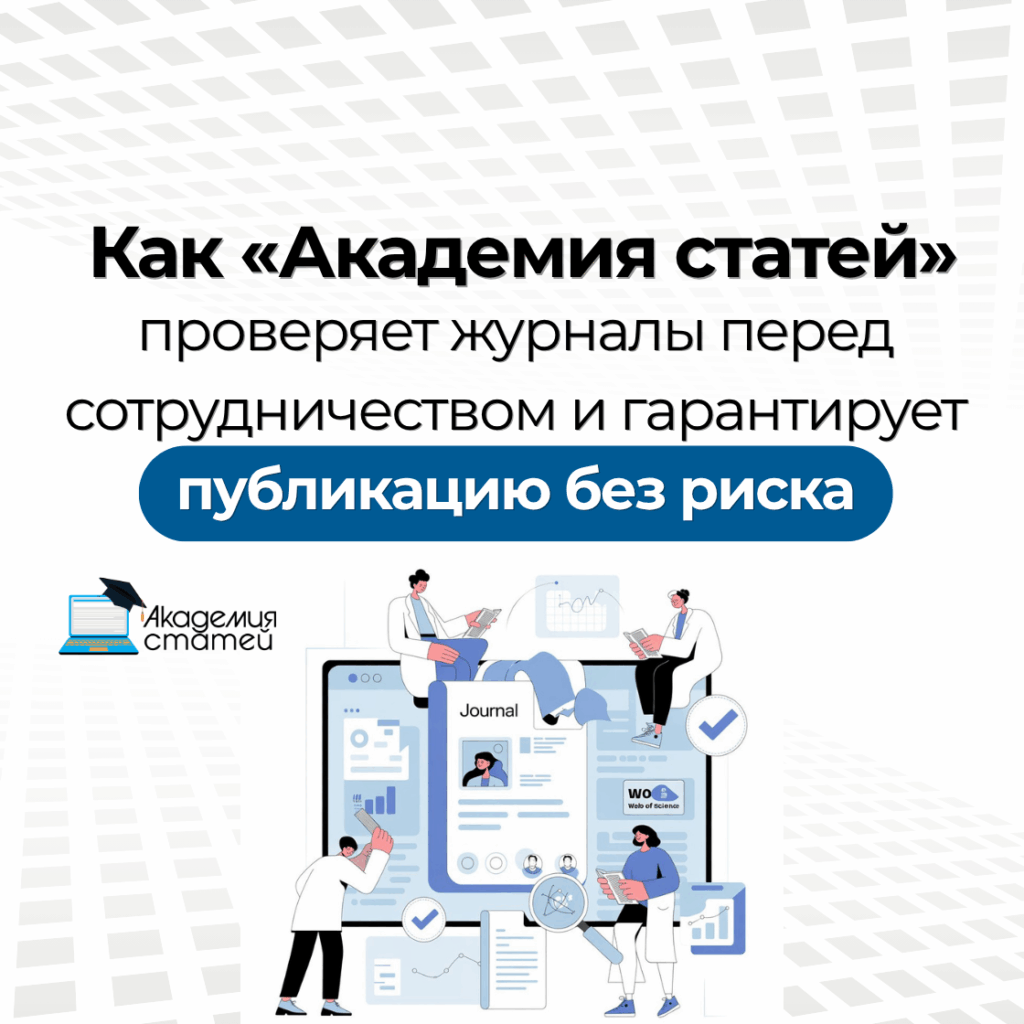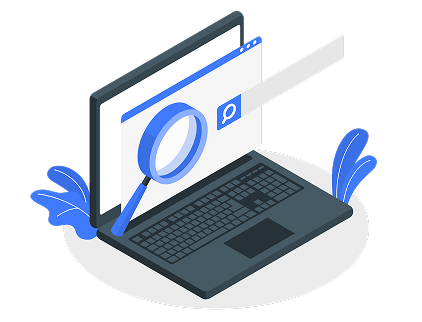Every scientific work must be accessible for review. The publication can be published in domestic and international journals. Search engines must index it. Scimago is a specially developed resource that publishes information about the authority of international publications. This journal offers ratings, links, and graphical information.
What is Scimago and what is it used for?
Scimago (SJR) is a publication (journal) that provides users with up-to-date information on international platforms for publishing papers. It is a specific rating system for assessing the authority of international scientific information publications.
The Scimago Journal Ranking (SJR) is based on information obtained from Scopus databases. To accurately index a journal, Scimago evaluates its authority across several parameters:
- Overall activity. But it's not the popularity of each post that's taken into account, but the total number of posts.
- Total number of citations. This is a specific indicator that requires additional data collection.
- Number of citations per year. This indicator indicates how often a scientific journal is cited in other international publications.
- Hirsch Index. Each publication is reviewed and assigned a corresponding index, which helps calculate its rating.
A detailed analysis allows us to use this calculated indicator to create a unique popularity rating. It now also reflects not only the publication's authority but also the country, as Scimago (SJR) is also an international journal. The system indexes publications based on the authority of communities, universities, and private organizations. Using Scimago (SJR), you can evaluate a country, educational institution, scientific journal, private publication, and more.
Benefits of SJR
There are only three main criteria by which the Scimago Scientific Jurisdiction Rating (SJR) is determined:
- Evaluation of research activities based on 11 parameters.
- Innovation activity according to three PATSTAT criteria.
- Social relevance. This is assessed by how the journal is indexed by Google and Ahrefs.
This is enough to create a relevant, reliable ranking, updated twice a year. Scimago allows you to determine the authority of any international publication. The magazine itself is in English, but anyone can navigate it, even those without foreign language skills. However, some users consider this a drawback.
A definite plus is that the rating is updated regularly. But this isn't the only advantage, as Scimago (SJR) users can rate any work-posting service based on several criteria:
- The ranking evaluates the totality of works by leading scientists.
- Self-citation is taken into account, but to an extremely limited extent.
- It is possible to find out the rating even if the publication publishes the works of several co-authors.
But even a single publication that resonates can boost a ranking, which introduces a certain degree of uncertainty. Another drawback is that Scimago (SJR) doesn't consider sources containing works by emerging scientists. A plus is that Scimago practically doesn't index materials that can't be cited if the publication isn't cited. However, for an emerging scientist, this is more of a disadvantage than an advantage.
An equally important advantage is the graphical display of data provided by Scimago. The publication publishes graphs and charts, allowing users to evaluate:
- Average number of citations over a given period of time.
- Determine the authority of a resource by analogy with the impact factor.
- Find out about the level of demand for the platform for posting works.
- Get a link to a particular resource, knowing that it has already been indexed.
All of this combined represents a significant advantage when it comes to ensuring publication in a reputable international journal. Each indicator is determined based on the results of analytical data processing. And successful publication of an article guarantees that the work will be seen by a large number of scientists from around the world.
Cons of Scimago
The first drawback is that authority is still a relative metric, determined by the number of publications, citations, links, and so on. The opportunity for aspiring scientists to successfully establish themselves in the scientific community is a plus, but Scimago organizes its rankings in such a way that information platforms for beginners rarely make it into the top rankings. Another drawback is that users cannot have complete information to predict how the rankings will change in the coming months.
Despite its simplicity and accessibility, users encounter a number of issues. Russian localization is lacking. Consequently, if something is unclear, Russian-language prompts are unavailable. Users are forced to rely on online translators, which don't always do the job properly. This is due to the specific terminology. The update schedule (every six months) doesn't suit everyone. What was relevant five months after the update may no longer be so within a few weeks.
How to use Scimago?
To determine your authority level, you need to evaluate each metric provided by Scimago. To do this, follow this link https://www.scimagojr.com/. Next:
- Enter the initial search data: publication, keywords, ISSN.
- From the drop-down list, select where you want your publication to be posted.
- Find out about the ranking position, compare the indicator with “competitors”.
- From the main page, follow the corresponding link to the Scimago tab.
After the transition, you will be able to filter the data by the following criteria:
- area of scientific research;
- the subject of the published works;
- state, region;
- type of information source;
- reporting period (year).
The number of links in search results is unlimited. But the advantage is that the rankings are ordered by authority. The most authoritative and sought-after publications are at the top of the list. Each ranking is a link to a page with more detailed information. This convenient environment allows you to find a platform for publishing your own research. Information published on this site is provided free of charge, and registration is not even required.
The resource is easy to use, the interface is clear, and the only drawback is that it's purely an analytical portal. To successfully publish your work, it's best to use the services of specialized organizations. For example, the "Article Academy" website offers Scopus publishing services. Otherwise, you'll have to do everything yourself, and success is not guaranteed.





